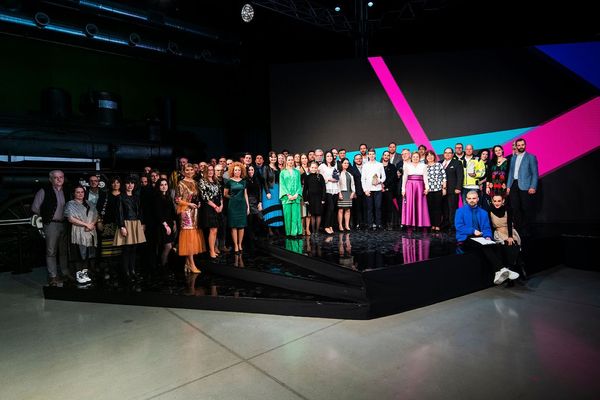DAIGE is a spark of color in the local fashion scene: their wearable pieces are full of exciting visual and content references, a surprising harmony of pastels and vibrant shades, natural materials, and lovable patterns. Melinda Tóth launched DAIGE in 2012 and since then, the collections’ inspirational universes have been constructed around many themes ranging from grandparents’ wardrobes, through the American plains, Rococo, Indian culture, and astronomy, among others. Naturally, the Hungarian references and gigs are not missing from the menu either: their audience favorite T-shirt prints (referencing Hungarian cultural motives, like “Budget wisely” after the famous board game, “Excellent Worker” after the Socialist-era award, or the phrase “I don’t believe men, anyway”) offer a real “inside joke” experience. The brand is therefore at once an undeniable global citizen, while still keeping local values in mind, and despite its defining vintage vibe, it always has a fresh and timely twist.
We arrived at DAIGE’s Buda-based home workshop on Friday afternoon, where work was in full swing: the sewing machines were humming, the whole team was busy putting the finishing touches on the new collection. Here, almost everything is done in one place: from design to production and fittings. It’s in this creative whirlwind that we spoke to Melinda, the brand’s founder and designer.
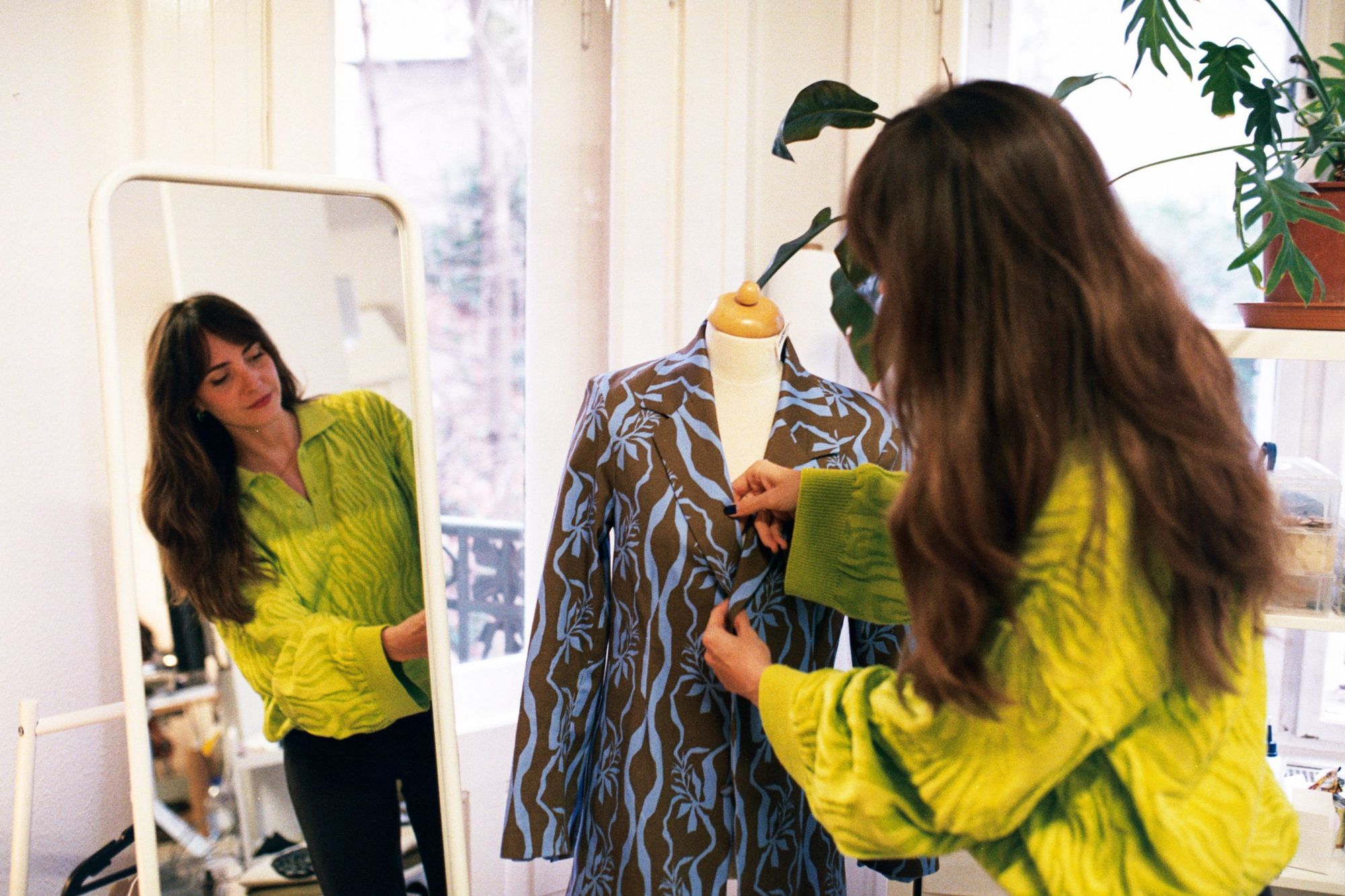
This autumn DAIGE will be 10 years old. How would you briefly summarize the journey leading up to this point? What has been the brand’s hallmark since the beginning and what has changed a lot?
In 2012, when the brand started, it had a much sportier vibe. We shot the first campaign on a high school playground with a powerful flash, baseball caps, and heavy gold chains. I think DAIGE has grown up with me, it’s become a lot more feminine, softer, but it’s not formal chic or very overtly sexy. I’ve created a balanced female image where you can have a hoodie and a silk dress in the same collection, just like I do in my wardrobe. And my love of colors and patterns has only grown over the years, it wasn’t just a one-season affair. The brand image has also come together over the past 10 years, and gave meaning to the adjective, “DAIGE-like”.
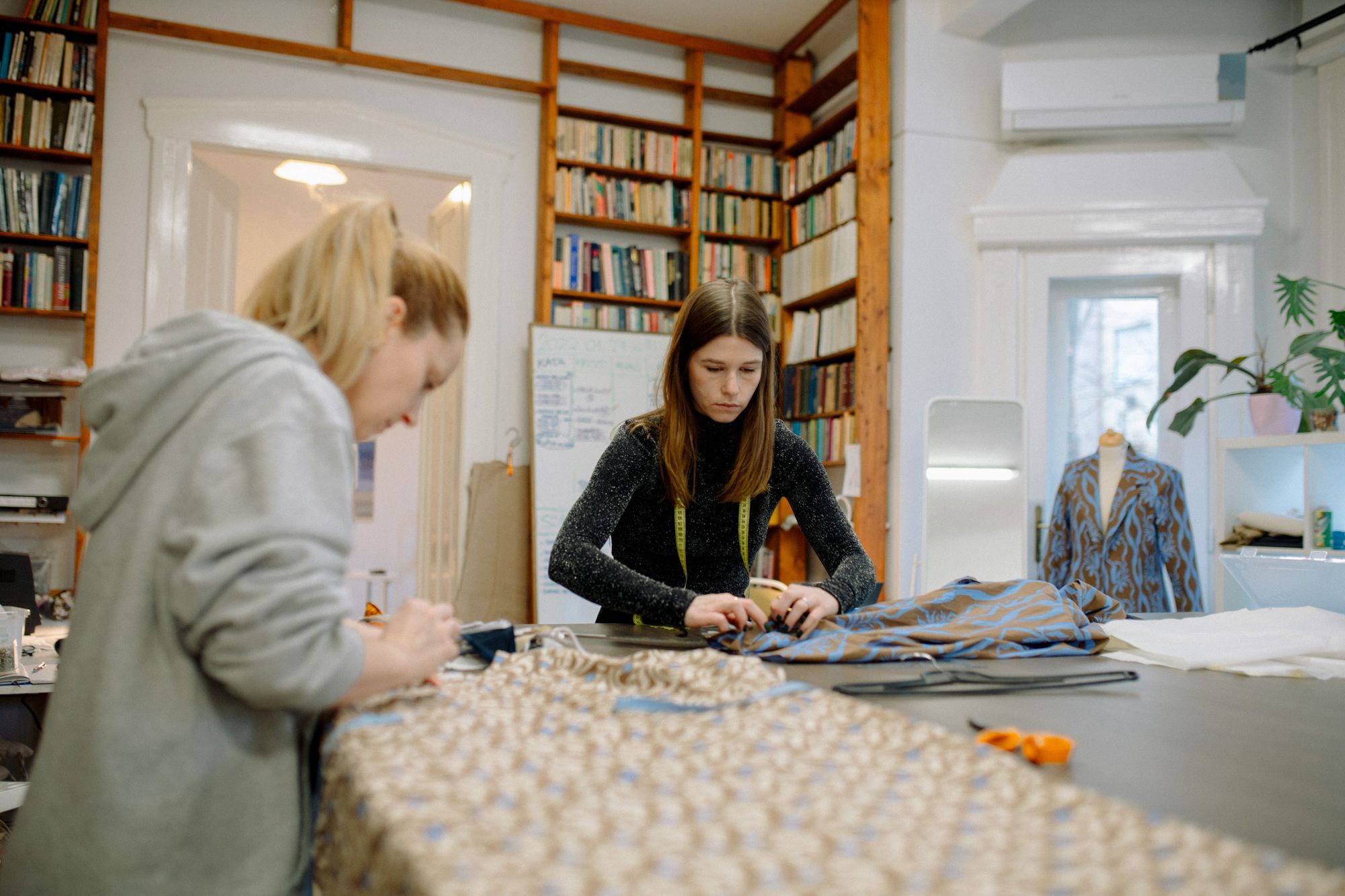
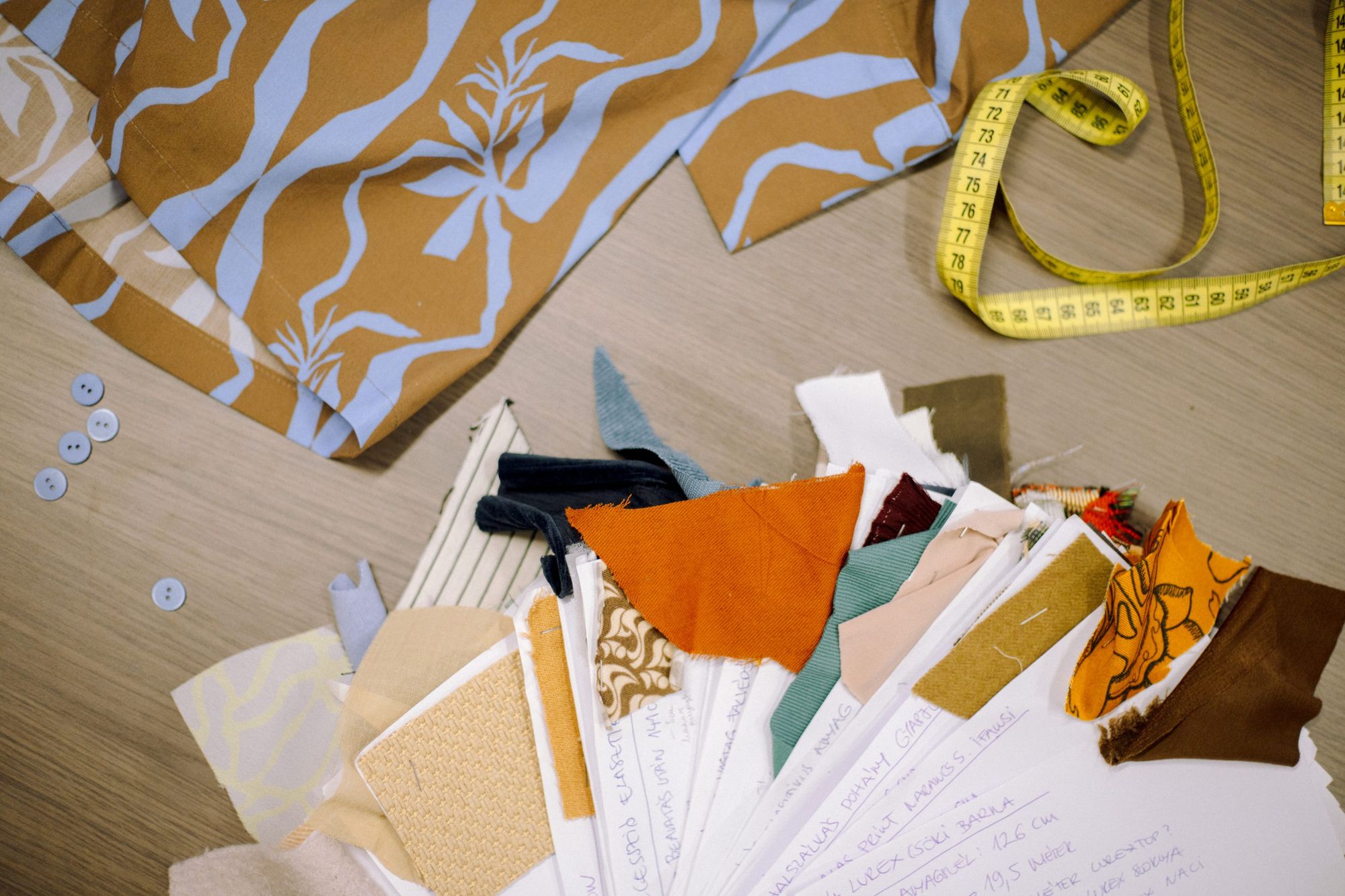
There have already been collections inspired by rococo, the prairie, and astronomical explorations. Do you have a personal favorite?
As I am very attached to these themes, it is difficult to pick one. They are all present in my life, my taste, and my interests. This doesn’t change with the seasons. For example, the theme of last winter’s Perspectives collection is still relevant for me, I still read about astronomy, I still collect old maps, and on my last holiday in Italy, I bought a vintage rococo album in an antique shop. And the new drop is inspired by one of my favorite Viennese artists, Koloman Moser and the Art Nouveau.
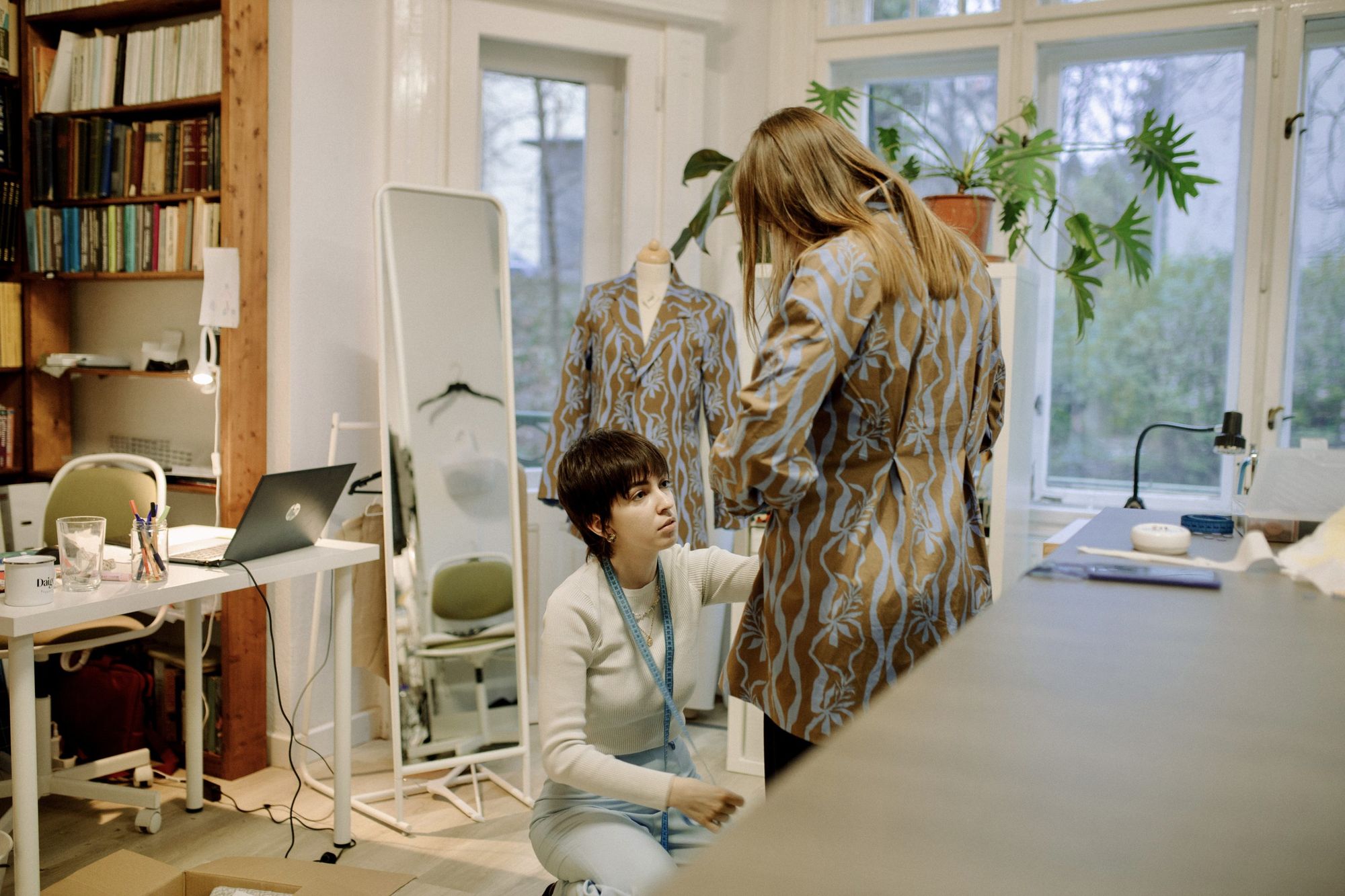
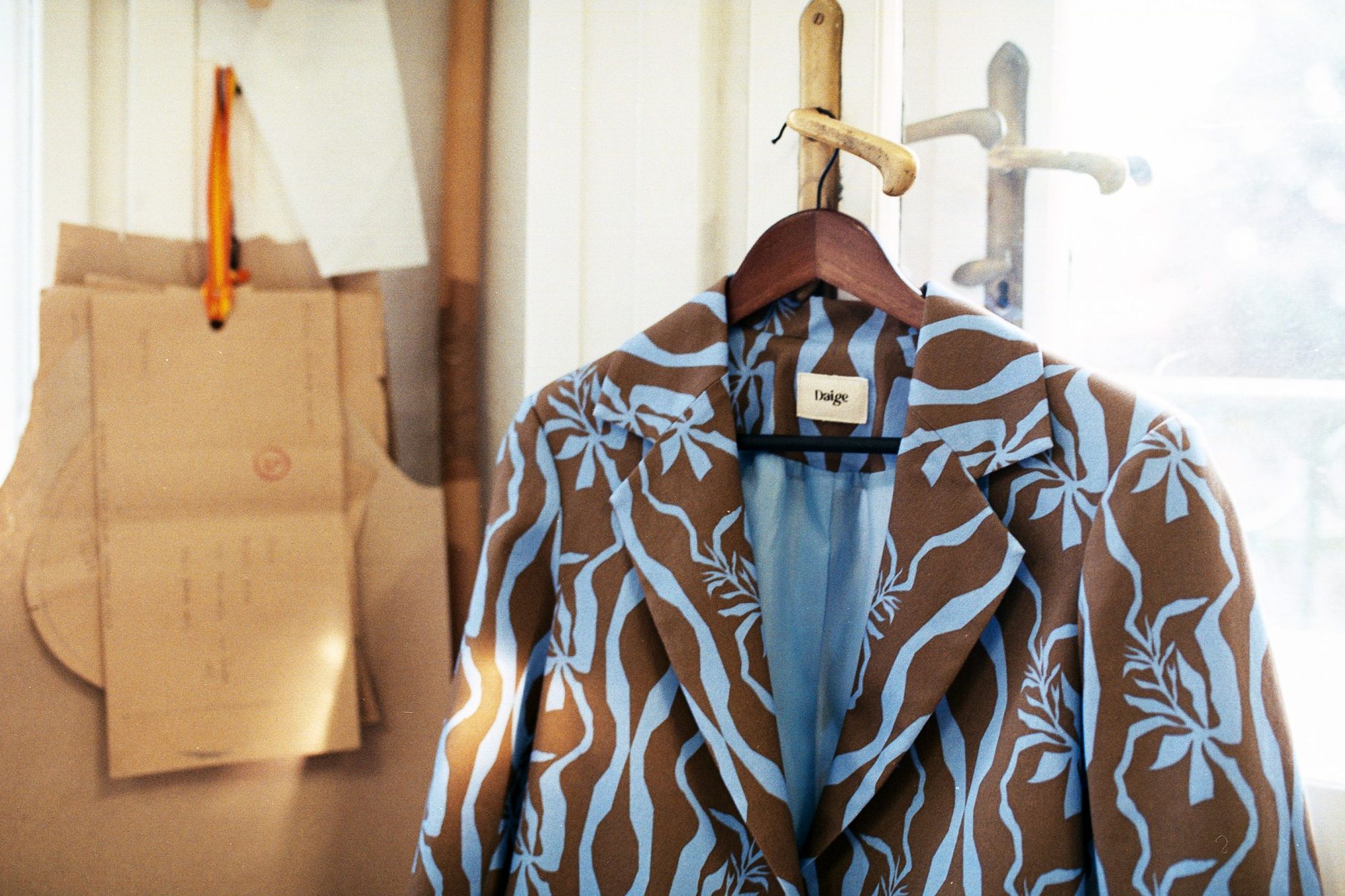
How should we picture your inspirational process, and how do you translate the many visual and content references into the language of fashion?
There are a number of ways, the easiest being when the inspiration is explicitly visual, as in the case of Art Nouveau and Koloman Moser’s work, for example. In this case, I look for colors, shapes, and patterns, which I then combine with the brand’s trademarks and silhouettes and further develop them. The more challenging method is when the subject matter is more abstract, like with the Perspectives collection, where the world of astronomy and scientific exploration had to be somehow translated into the language of clothes. In these cases, I experience the collection of inspiration as therapy, I go into a kind of meditative state and try to find out what it is that makes me feel this way, how can I channel it into something visual. Looking for vintage or archival references is a steady point for me: if the theme is astronomy or any kind of science, for example, I’ll first look for old star charts and albums. I move from one association to another. Somehow a pattern emerges from all this, which is usually the heart of the collection. Then I have to find materials that match the pattern. I also follow current trends to some extent, but more intuitively than consciously. The brand has a world of its own, if something rhymes with it, it will naturally come to me. It’s as if there was a multi-layered filter: the inspirational, the material, the silhouette, and the zeitgeist, plus the colors, which are also very important to me. Then I take the mass of ideas in my head and pour it through this filter, and the new collection drains out at the end.

If you could choose your favorite DAIGE piece, which would it be?
Right now it’s GC Shack, but it’s really different every season. This is my current favorite, I can’t seem to shake it. If you ask me about the most important piece so far, I would probably say the Cyclone sweater, because it was a milestone in the brand’s life.
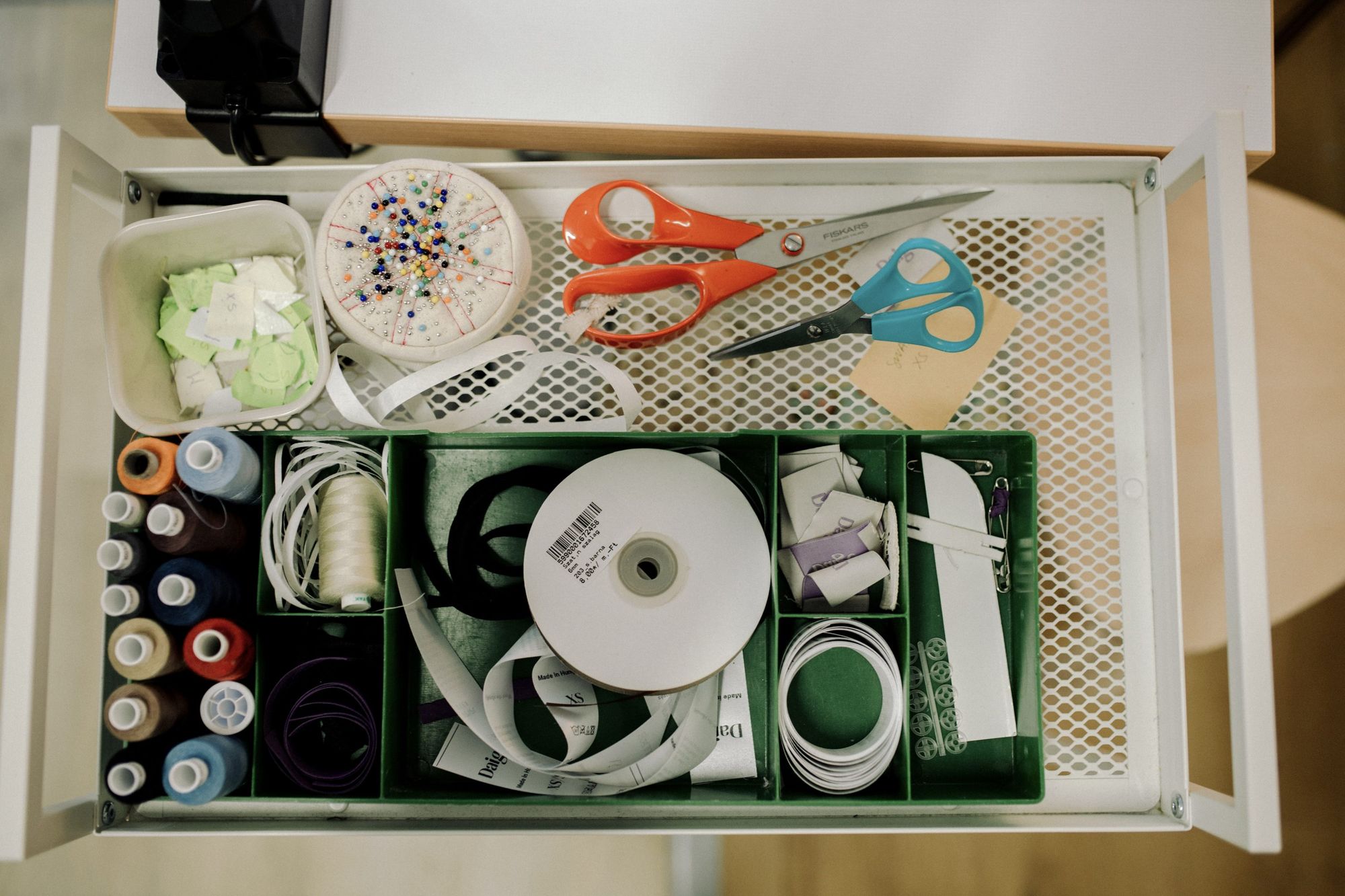
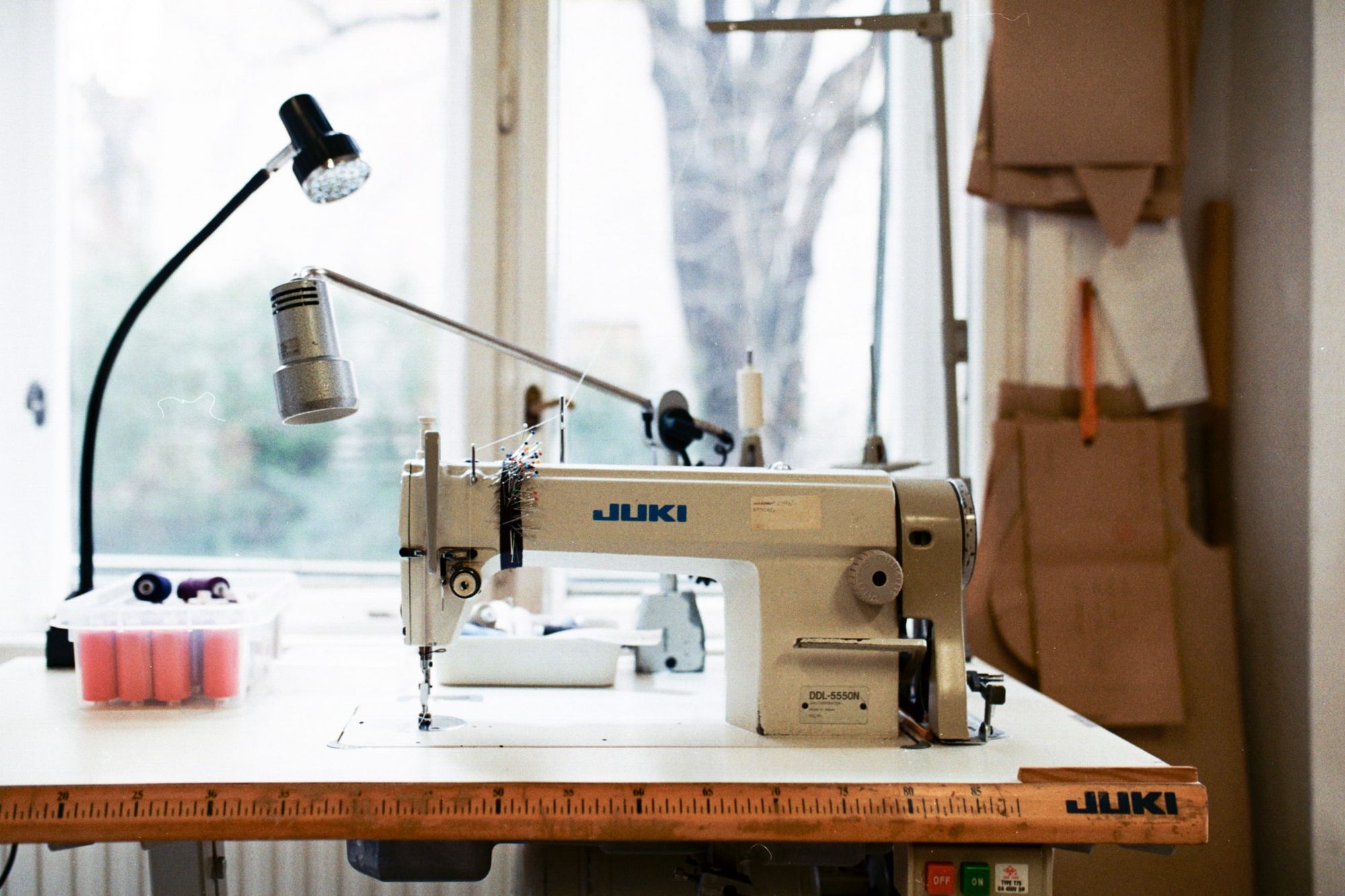
A recurring aspect of the brand’s history is the support of different artistic disciplines: you regularly draw attention to young artists and designers in your social media communication, you have done several collaborations with contemporary dancer Bettina Jurák, and you have also exhibited works from DAIGE campaign photos at the National Gallery. What does it mean for you to communicate art through your brand? Do you have any further goals in this regard?
Actually, experiencing free, artistic creation in fashion is a huge challenge, I would even say impossible. There are so many other disappointingly pragmatic market factors to consider, which create eternal boundaries. Perhaps I am drawn to the classical arts so much because I envy their freedom. In the long term, I would like to see the brand get to the stage where we can create purely artistic objects, either through collaborations or even independently.
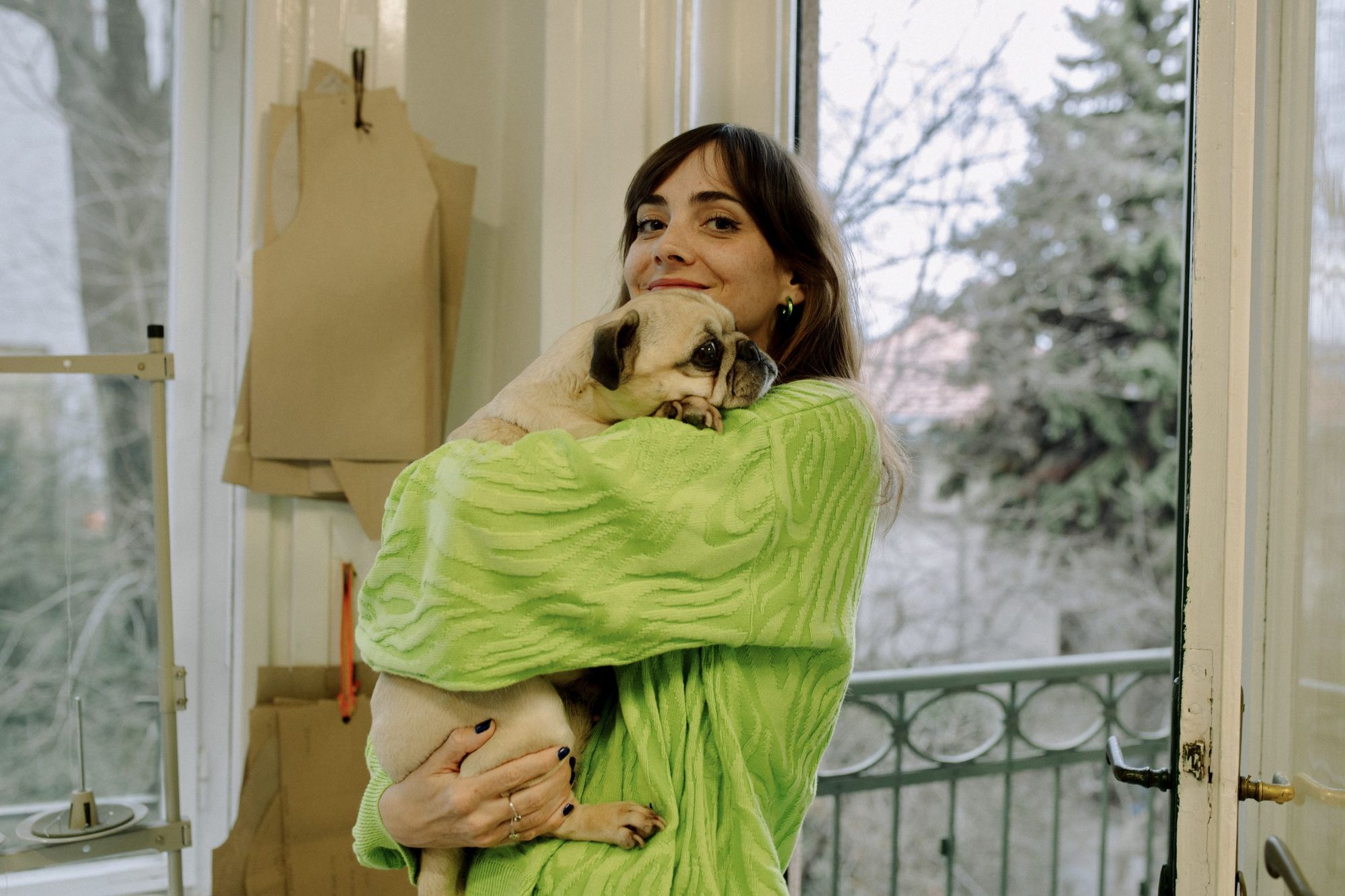
DAIGE | Web | Facebook | Instagram
Photos: Gaál Dániel

We need no glamour, but reality—Behind the scenes: Antonio Fekete, food photographer
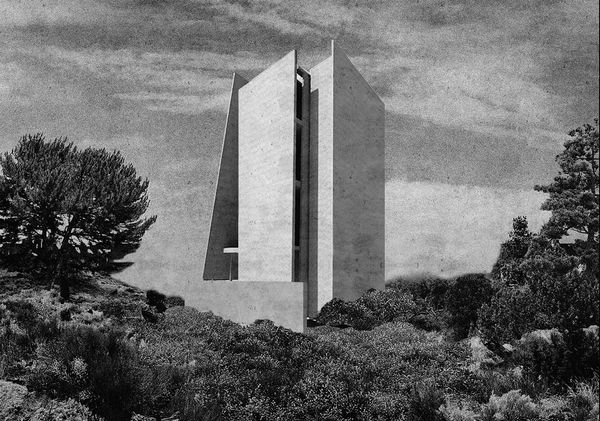
Best of Stefan Lengyel 2022 | MOME—Institute of Architecture
